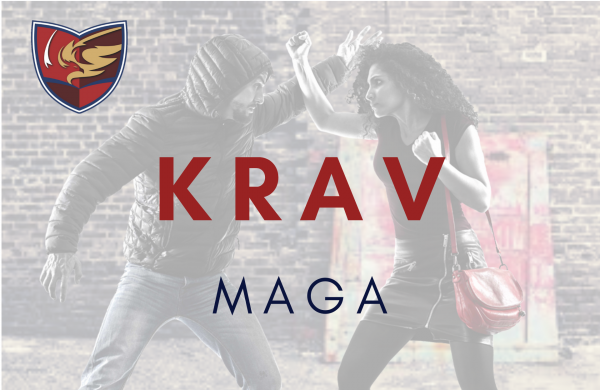
KRAV MAGA
A form of self-defense and physical training, first developed by the Israeli army in the 1940s, based on the use of reflexive responses to threatening situations.
is known for its focus on real-world situations and its extreme efficiency. It was derived from the street-fighting experience of Hungarian-Israeli martial artist Imi Lichtenfeld, who made use of his training as a boxer and wrestler while defending the Jewish quarter against fascist groups in Bratislava, Czechoslovakia, during the mid-to-late 1930s. In the late 1940s, following his migration to Israel, he began to provide lessons on combat training to what was to become the IDF.
From the outset, the original concept of Krav Maga was to take the most simple and practical techniques of other fighting styles (originally European boxing, wrestling, and street fighting) and to make them rapidly teachable to military conscripts.
is known for its focus on real-world situations and its extreme efficiency. It was derived from the street-fighting experience of Hungarian-Israeli martial artist Imi Lichtenfeld, who made use of his training as a boxer and wrestler while defending the Jewish quarter against fascist groups in Bratislava, Czechoslovakia, during the mid-to-late 1930s.
In the late 1940s, following his migration to Israel, he began to provide lessons on combat training to what was to become the IDFKrav Maga has a philosophy emphasizing aggression, and simultaneous defensive and offensive maneuvers.
Krav Maga has been used by the Israel Defense Forces’ special forces units, the security apparatus, and by regular infantry units.
Closely related variations have been developed and adopted by Israeli law enforcement and intelligence organizations. There are several organizations teaching variations of Krav Maga internationally.
Like most martial arts, Krav Maga encourages students to avoid physical confrontation. If this is impossible or unsafe, it promotes finishing a fight as quickly and aggressively as possible.
Attacks are aimed at the most vulnerable parts of the body, and training is not limited to techniques that avoid severe injury; some even permanently injure or cause death to the opponent. Students learn to defend against all variety of attacks and are taught to counter in the quickest and most efficient way.
Simultaneous attack and defence
- Developing physical aggression (not to be confused with emotional aggression or anger), with the view that physical aggression is the most important component in a fight
- Continuing to strike the opponent until they are completely incapacitated.
- Attacking preemptively or counterattacking as soon as possible
- Using any objects at hand that could be used to hit an opponent.
- Targeting attacks to the body’s most vulnerable points, such as: the eyes, neck or throat, face, solar plexus, groin, ribs, knee, foot, fingers, liver, etc.
- Using simple and easily repeatable strikes.
- Maintaining awareness of surroundings while dealing with the threat in order to look for escape routes, further attackers, or objects that could be used to strike an opponent.
- Recognizing the importance of and expanding on instinctive response under stress
